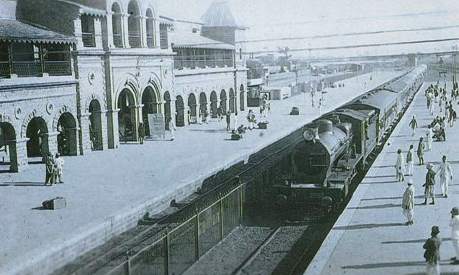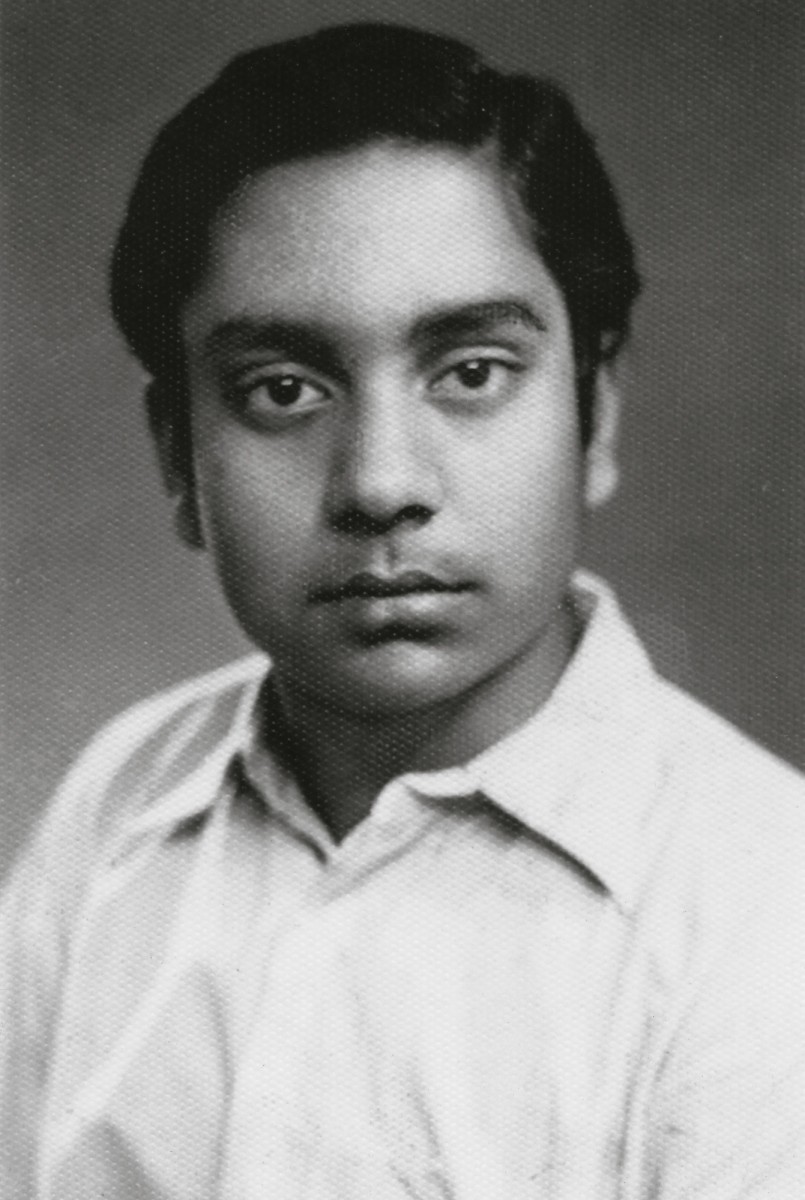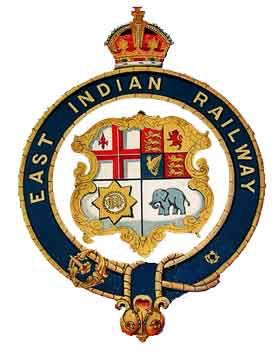
Two liberal democrats, and supporters of the human rights of oppressed colonial people sharing a laugh in unoccupied Tehran c.1943. 

**To be fair to Ike, he was actually opposed to colonial misadventures of his European allies**
• • •
Missing some Tweet in this thread? You can try to
force a refresh

































